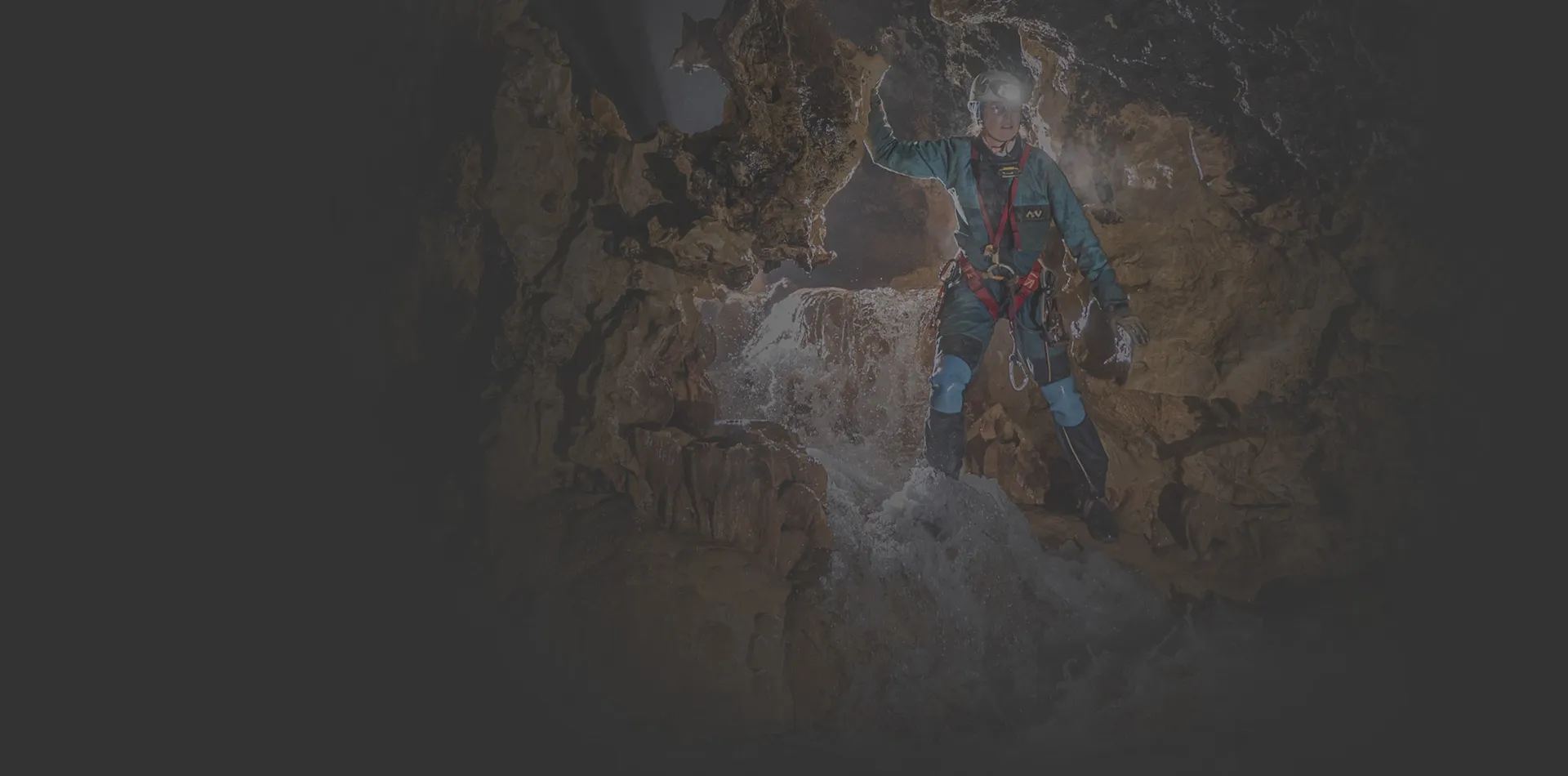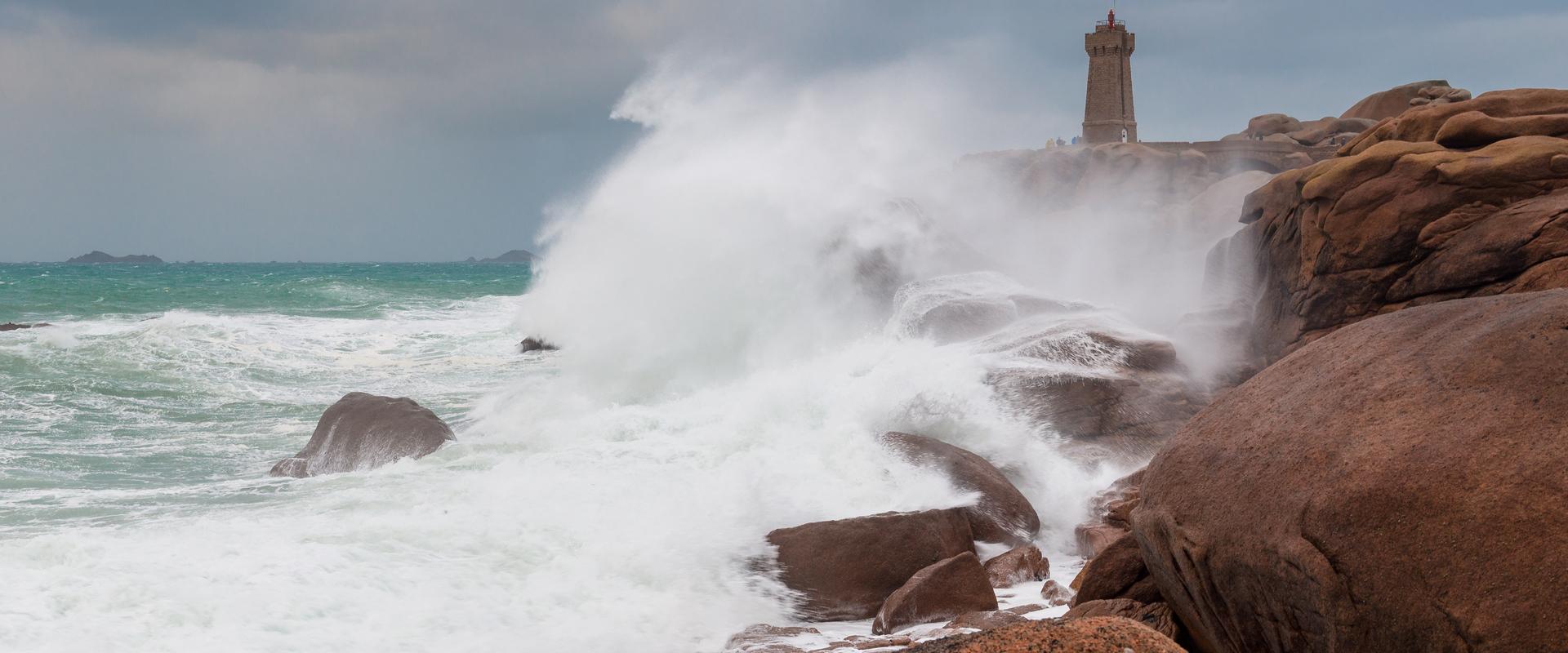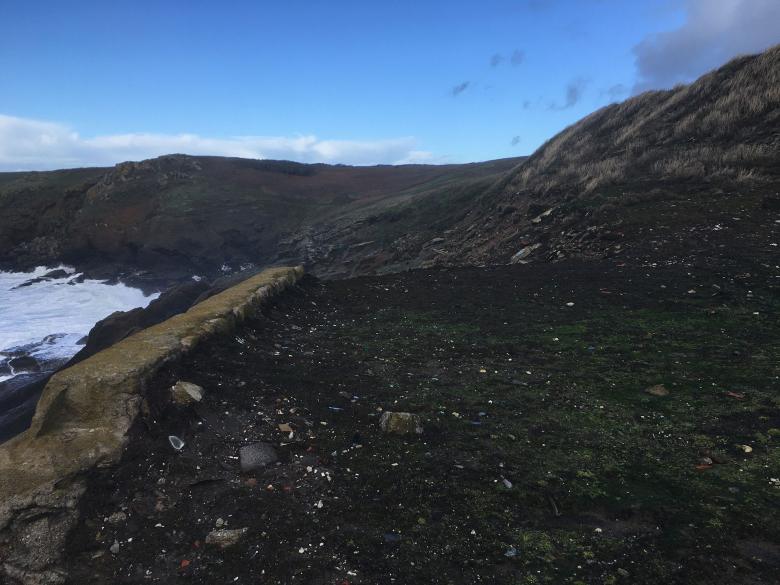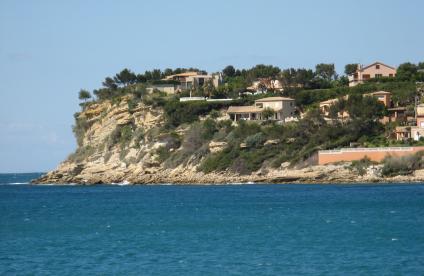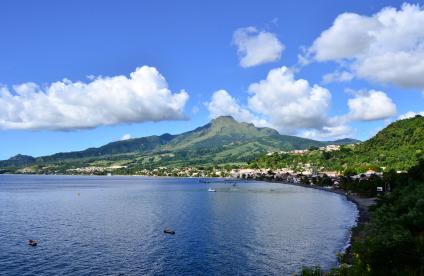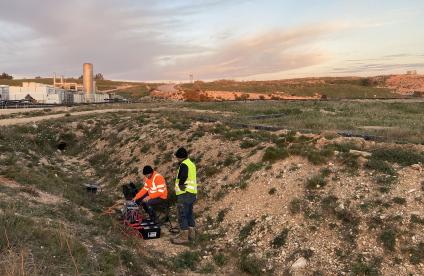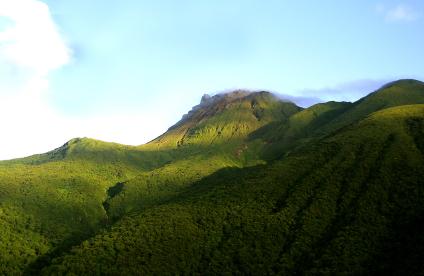The need
Former landfill sites along the French coastline are a major environmental threat. Waste can end up on beaches or in the sea as a result of coastal erosion or marine submersion. Moreover, these phenomena could be exacerbated by climate change, which will lead to a rise in sea levels, increasing the risk of erosion and flooding. Under a 10-year plan to reduce the number of sites with a significant short-term risk of waste spillage into the sea, the French government commissioned BRGM to make an inventory of former coastal landfill sites exposed to marine hazards throughout the country.
The results
The aim of the inventory was to identify sites that could be eligible for assistance under the plan. Using the database of the available information on a national level (BASIAS, now CASIAS) and feedback from local stakeholders (Conservatoire du littoral (Coastal Conservancy), DREAL (Regional Directorate for the Environment, Planning and Housing), municipalities, etc.), BRGM has cross-referenced geolocated information in order to identify landfill sites located less than 100 m from the coastline in areas subject to erosion and/or marine submersion. The inventory is regularly updated and can be accessed from a dedicated page on the GéoRisques platform. In particular, the updates enable us to monitor action taken to ensure safety and limit the potential impact of these sites.
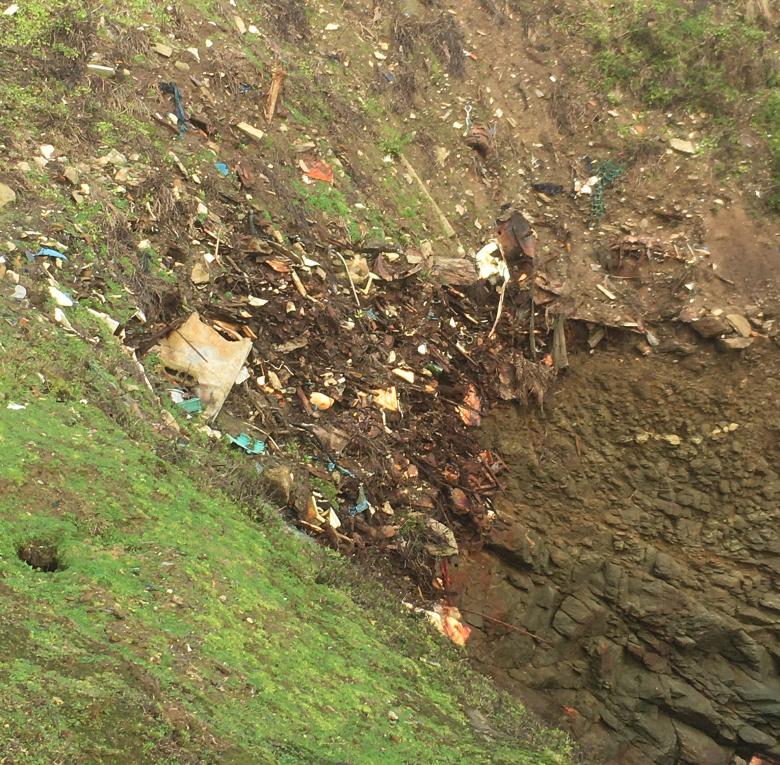
Close-up of waste at the Strouil'h coastal landfill site on the island of Groix, Morbihan, Brittany
© ADEME
Using the results
To date, 110 landfill sites have been identified. Once the sites have been identified, CEREMA confirms whether or not they should be included in the plan, prioritises them and helps local authorities to manage them. Throughout the year, BRGM takes part in the various technical and strategic committees with all the stakeholders involved in the plan. BRGM has also drawn up methodological guidelines for public contracting authorities to help them monitor and manage these former coastal landfill sites.
The partners
- Ministry of Ecological Transition and Regional Cohesion
- ADEME
- CEREMA
